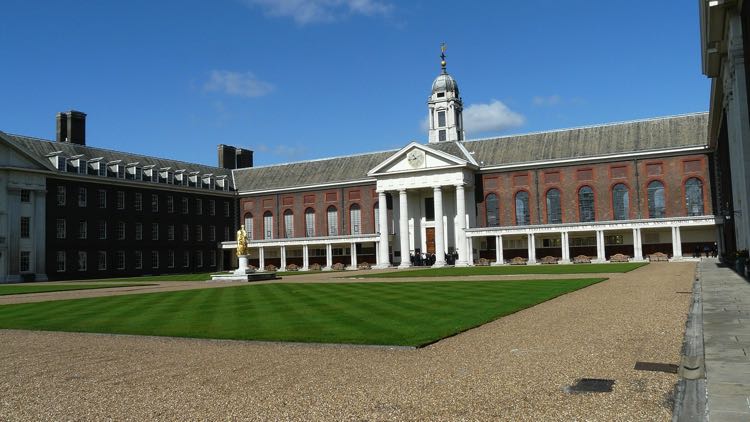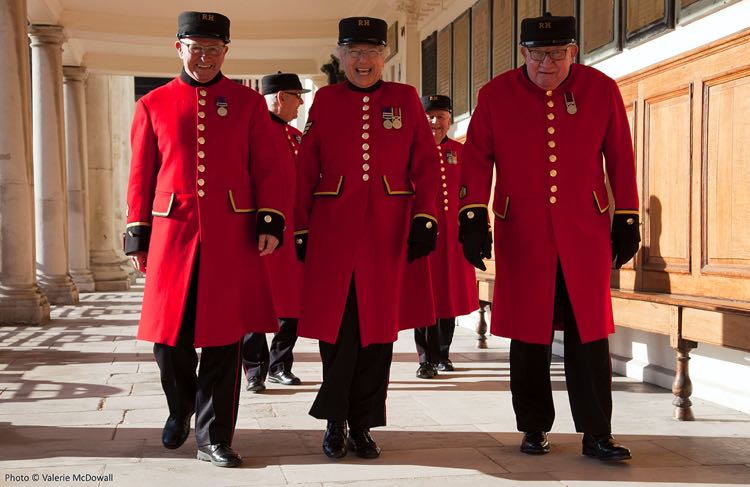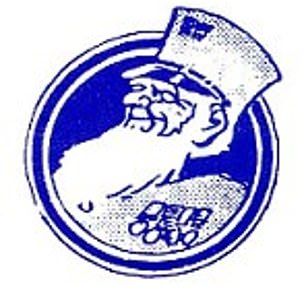The famous “Chelsea Pensioners” are the 300 elderly residents of the Royal Hospital Chelsea, a 66-acre nursing and retirement home for former British army servicemen and women. It is located in the borough of Chelsea, less than two miles from Stamford Bridge, the home of Chelsea FC.
Over the years, these pensioners have been closely aligned with the football club, and they can often be seen inside the ground, watching the team in their full regalia. In this article, we will explain the history behind this relationship and whether it remains important to this day, as well as taking a look at the history behind the Royal Hospital Chelsea and its famous residents.
What Is the History of the Hospital?

In 1682, Britain’s monarch at the time, Charles II, founded the Royal Hospital Chelsea as a purpose-built residential hospice to house military veterans. However, it took several years to finish the hospital’s construction, and during this time, a new system for army pensions was introduced by the new King and Queen, William III and Mary II.
This system allowed all soldiers who had either served 20 years or been injured in service to receive a pension from the newly built hospital, and these were dubbed the “Chelsea Pensioners”. However, when the hospital was finally finished and ready to open, there were far more pensioners than available places. To combat this, the hospital decided to divide pensioners into two categories: “Out-Pensioners”, who received an army pension from the hospital, but lived outside it, and “In-Pensioners”, who lived within the hospital, but had to renounce their army pension in the process.
The Out-Pensioner system became increasingly popular over the years, as more and more army veterans came forward to collect their pensions. By 1815, the Royal Hospital had 36,757 Out-Pensioners. However, after 1955, the hospital was no longer responsible for the distribution of army pensions, which meant that they were no longer in charge of Out-Pensioners. This therefore removed the need for the terms “In-Pensioners” and “Out-Pensioners”, with In-Pensioners simply known as the “Chelsea Pensioners”, as they are known today.
How Do You Become a Chelsea Pensioner?

The conditions for becoming a Chelsea Pensioner are fairly simple: you must be a former soldier of the British army, of pensionable age, and be able to live independently in the hospital, without being financially relied upon by family or a spouse. One of the main positives of living in the hospital is the camaraderie and companionship for those who may be living by themselves.
After applying to become a Pensioner, which is done through the website, potential residents of the hospital will have a four-day trial stay there. During this stay, they will get to experience what life as a Chelsea Pensioner is like, and if this is something they believe is right for them, and those at the hospital agree, then the applicant will be invited to become a Pensioner.
Upon arrival, new Pensioners are given their two trademark uniforms: their “Scarlets”, which they wear on parade, and their “Blues”, which are worn daily. Each Pensioner is then assigned a room, which comes with an en-suite and a writing desk, and there is also a communal bar, restaurant, allotments and even lawn bowls facilities.
Prior to 2009, the Chelsea Pensioners were all male; a real old boys’ club! However, this all changed when 85-year-old Dorothy Hughes and 82-year-old Winifred Phillips successfully joined the Pensioners, making them the first women to reside in the Royal Hospital in its entire 317-year history.
How Are the Pensioners Related to Chelsea FC?
Other than sharing the same name, and being within a couple of miles of each other, there are a number of things that entwine Chelsea Football Club with the famous Chelsea Pensioners, which we will cover below.
The Club Nickname

Following the club’s creation in 1905, Chelsea FC were nicknamed “the Pensioners” for the first 50 years or so of their history (though some still use it today, “Blues” is more common), due to their close association with Royal Hospital Chelsea and its iconic residents. This relationship became increasingly important after a number of Chelsea players left the club to fight in both World Wars, establishing a strong connection between the west London side and military service.
Several Chelsea players, who had served in the British army, then went on to become Chelsea Pensioners themselves, deepening this affiliation between the club and the hospital. Whilst “Pensioners” was Chelsea’s original nickname, and a large part of the club’s identity, it has since largely faded from use, mainly because manager Ted Drake, the club’s boss for much of the 1950s, believed that the club needed more of a “professional” nickname that reflected the club’s style of play.
Club Badge
As well as the nickname, Chelsea’s original badge also paid homage to their association with the pensioners. Between 1905 and 1952, the Blues’ badge featured the figure of a Chelsea Pensioner, complete with the trademark uniform and several medals. However, this was also done away with by Drake, as it supposedly didn’t reflect the club’s ruthless attitude and style of play. Apparently lions are scarier than pensioners – who knew?
Is the Club’s Relationship with the Chelsea Pensioners Still Important to This Day?
Although Drake managed to successfully de-Pensioner the club’s nickname and logo, Chelsea have remained closely associated with the Chelsea Pensioners and the Royal Hospital to this day. At every home game, a section of seats in Stamford Bridge are reserved for the Pensioners, who can often be spotted cheering on the Blues.
Furthermore, when the west London side won the Premier League title in both 2006 and 2010, the Chelsea Pensioners formed a guard of honour for the players, highlighting their importance to the club and its history and the strong relationship which both sides are keen to maintain. Also, for the 2010/11 campaign, the Blues’ kits paid homage to the Pensioners, as their shirts had a red trim on the collar, which was a tribute to the traditional “Scarlet” parade uniform of the Chelsea Pensioners.

